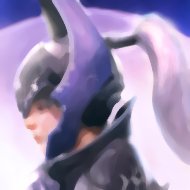OpenCV Filters: Smoothing (Blurring)
27 Oct 2014
Smoothing, usually, plays a key role on preprocessing of images, but at the same time it can enhance your result, it can also mess it. Sometimes seen as a fail in the process, a bunch of algorithms runs better on blurred images and that’s why we’re going to see how it works on practice. Watch the video to see normalized box filter, gaussian blur, median blur and bilateral filter in action. Source code available.
Pre-requirements:
- OpenCV installed: How to install OpenCV 3.0.0 on Ubuntu
Our main goal is to see all these smoothing techniques working! I’m not here to give you formal explanations, we want to see them in action, right? For those who are looking for these explanations, read pages 111-127 from Szeliski Book (draft available for download). On the video, as an extra, you’ll see the effect of these blurs on the frequency domain, which I think is very cool.
Try this yourself. Download the source code used on the video: Smoothing source code.
You can also download from GitHub: http://bit.ly/1zIVR7T
Blur (Normalized Box Filter): OpenCV – blur() Documentation
Image by: Uberzers


Gaussian Blur: OpenCV – GaussianBlur() Documentation
Image by: Silver-Fate


Median Blur: OpenCV – medianBlur() Documentation
Image by: longai


Bilateral Filter: OpenCV – bilateralFilter() Documentation
Image by: AyyaSap

